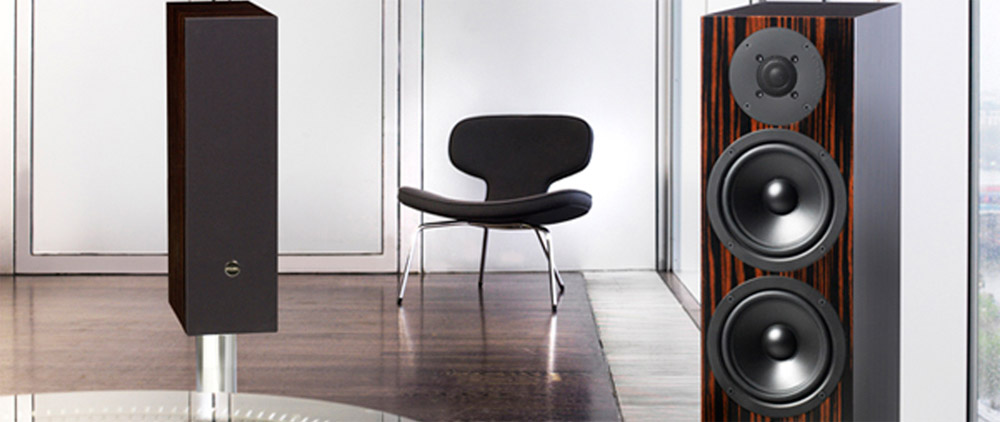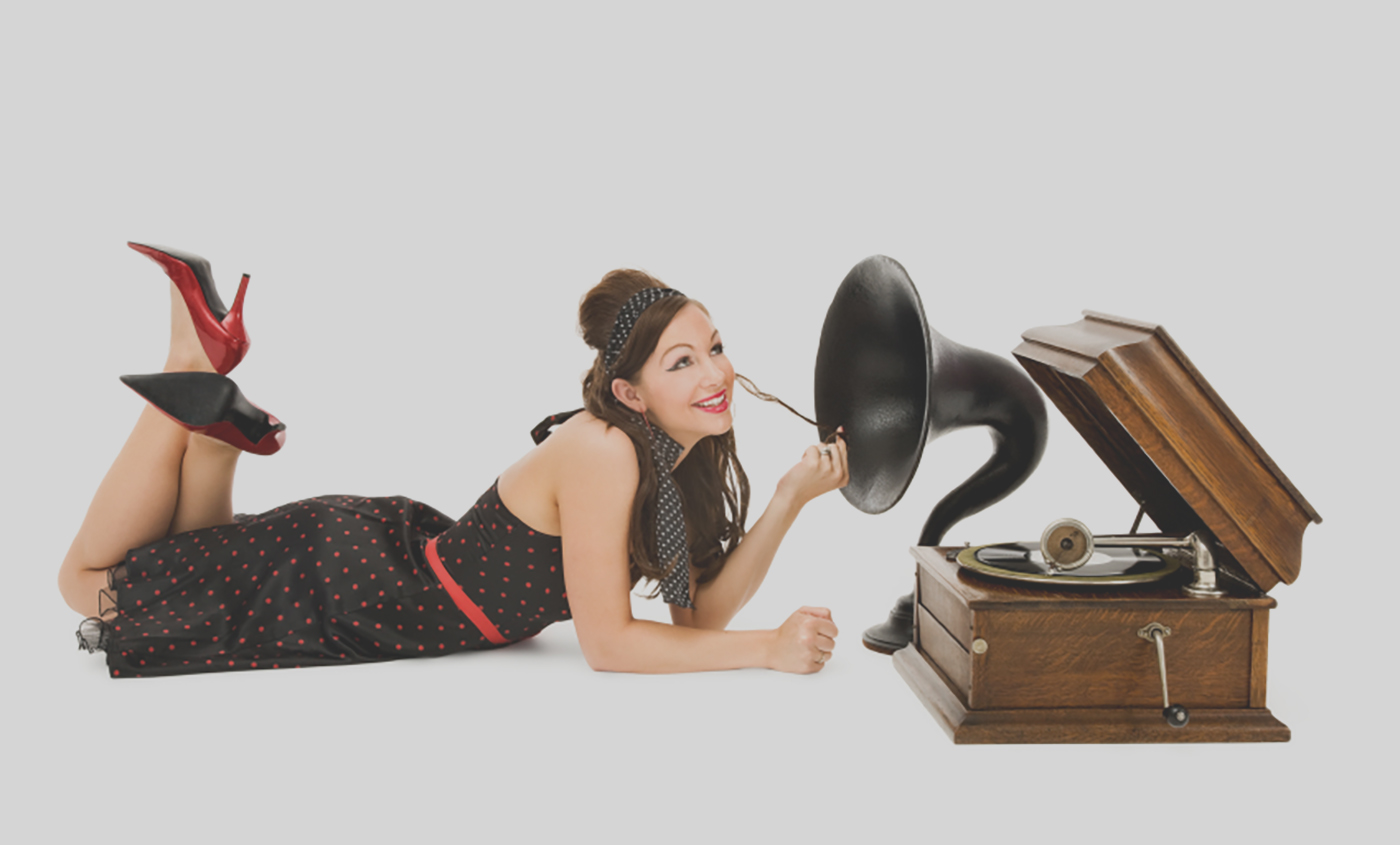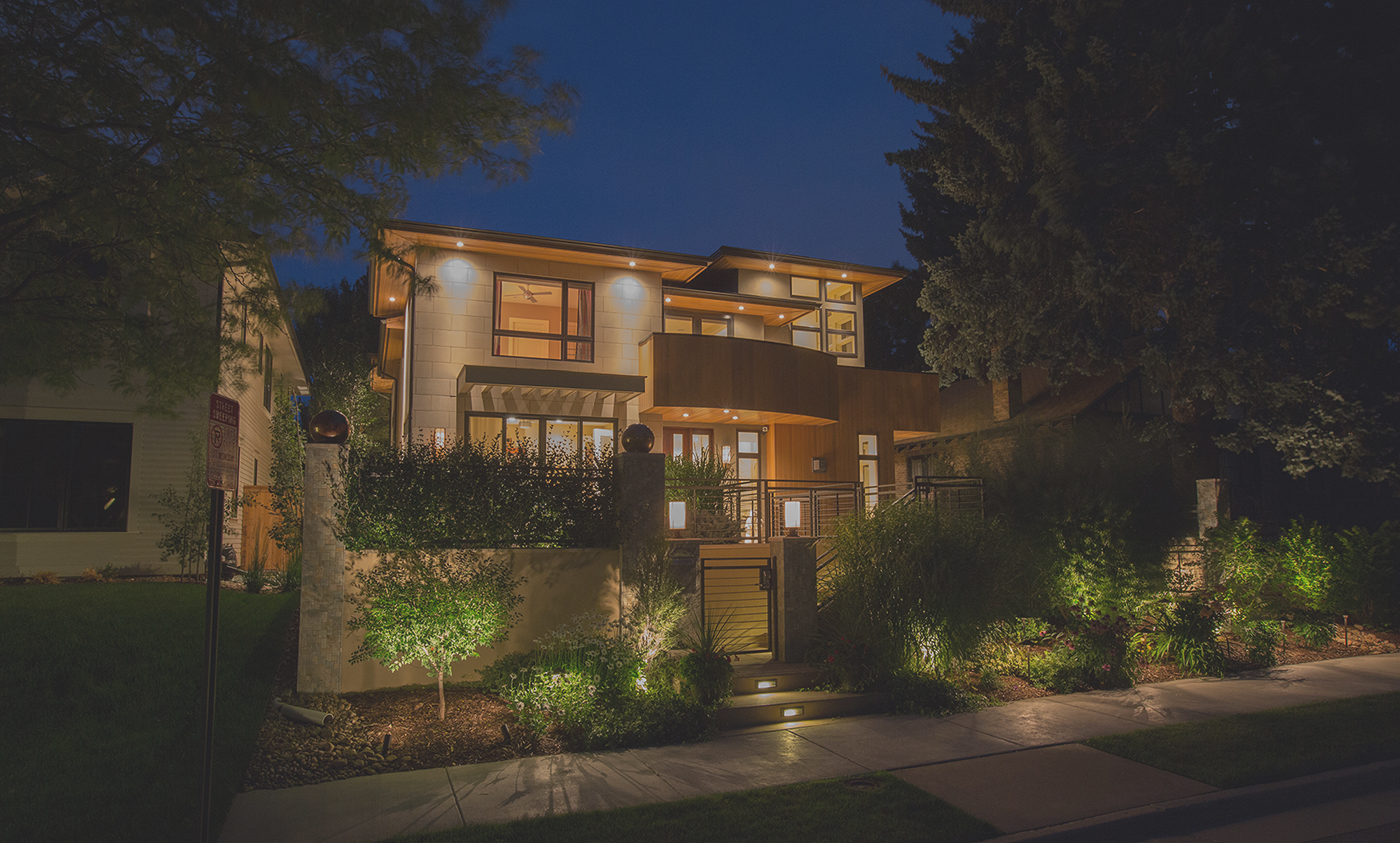Home Audio Explained
The best suited home audio system really starts with your listening habits. Are you an active or passive listener? Would you choose to have music in a specific space or prefer to have it to follow you around your home?
What is your listening style?
Passive listener (50%): Music is strictly a background. Quality is not a concern and an entry level device as small as an Amazon Echo can be sufficient.
Active Listeners (35%): Music can be the focal point as well as a “background noise”; those people will look for a higher quality of sound and better noise elimination (think brands like Denon, Sonos, Control4, etc).
Audiophiles (15%): Although music can be a background, it tends to be the focal point; a perfect home audio system would let every detail come through while totally eliminating noise even at high volumes.

Home Audio Options
ALL-IN-ONES
Suitable for: Passive or Active Listener
-
- Pros: Less expensive, no installation required, easy to link multiple speakers wirelessly
- Cons: Hard to connect local sources since they tend to be designed for streaming, limited look, doesn’t integrate with other components you might have.
- Conclusion: Easiest audio “system” for passive listeners; also the most affordable (at the expense of the look and sound quality) solution for active listeners.
BOOKSHELF
Suitable for: Passive Listener, Active Listener, Audiophile
- Pros: Big sound in a relatively small volume, can fulfil double functions (play music and connect to your home cinema), and its sound can be elevated with the help of a good quality amplifier.
- Cons: Requires shelf space and the wiring can be difficult to hide, all the more so if you are linking multiple rooms throughout the house.
- Conclusion: Sensible single-room audio solution for active listeners and entry-level audiophiles
FLOOR-STANDING
Suitable for: Active Listener, Audiophile
- Pros: High quality sound, gets the best sound out of both vinyl and lossless (using the appropriate components), offers a visually stunning finish to your sound system.
- Cons: Ample floor space required and may require active setup and sound tweaking to achieve the best sound.
- Conclusion: This is the ultimate solution for audiophiles who view an audio system as an investment and must have.
Our Pro Tip: Unlike TVs which get thinner and lighter every year, the physics of sound requires bigger size and weight to maintain quality with bigger sound. This means any small speaker boasting huge sound will be either a lie or riddled with noise. The benefit to this physical limitation? As opposed to forever thinner and bigger TVs, quality speakers will hold onto their value for decades.
SOUND BARS
Suitable for: Active Listener
- Pros: TV sound will be elevated and they can imitate multi-directional soundby packing and aim many tweeters.
- Cons: Cannot usually be custom-sized and encased to match TV dimensions and look, sound quality is capped due to compact depth and hiding wires is crucial.
- Conclusion: A good solution for the avid TV watcher but poor system for music listening.
IN-WALL / IN-CEILING
Suitable for: Passive or Active Listener
- Pros: Powerful sound with zero clutter, can be installed almost anywhere without visual impact; also provides better reliability and responsiveness compared to wireless solutions.
- Cons: Better suited for new construction or refurb (retrofitting is disruptive), vibration requires meticulous installation, and subwoofers require depth.
- Conclusion: By far the best approach to a whole home audio system, it also offers a variety of looks, from grilles flush to wall to discreet round or square openings that match your lighting cans. They can even be made invisible behind a thin layer of compound.
OUTDOOR SPEAKERS
Suitable for: Passive or Active Listener, Audiophile
- Pros: Adds ambiance to your garden or roof terrace, blends the line between indoors and outdoors, and can be aimed inward to avoid disrupting neighbours.
- Cons: All finishes and wiring must be made for outdoors, speakers must be hidden amongst plants or wall-mounted (such as B&W AM1s), and outdoor control requires network extension.
- Conclusion: A great way to elevate your outdoors space, especially in the Uk & Europe since we can spend so much of the year outdoors. They perform brilliantly with a landscaping approach.
Audio Sources
What music will you play ?
If you stream all of your music you’ll want to decide how important lossless audio is to you. Just like an image on your television can display at 480pixels vs 1080pixels, music has a resolution. Spotify defaults to 160 kbps although it can be increased to 320 kbps, while TIDAL streams at 1411 kbps.
If you’re playing local sources like files on a hard drive or vinyl, you’ll want to consider how you’re going to send that local source to multiple locations.
What Control?
Although you can increasingly use voice control, know that there are still some important limitations. Spotify for example will not yet allow Alexa or Google Home to request specific songs. Also, while voice technology is fantastic, it’s not a miracle worker and it will struggle to hear you over loud music.
In practice, the most convenient method for control is an App. Sonos or Denon HEOS are good options for audio-only solutions for their intuitive control over playlists, room grouping and cross-platform search. When tying other systems in the home we recommend an umbrella App such as Control4 for their ability to provide a single interface for complete home control including music, lighting, security, environmental controls, etc.


